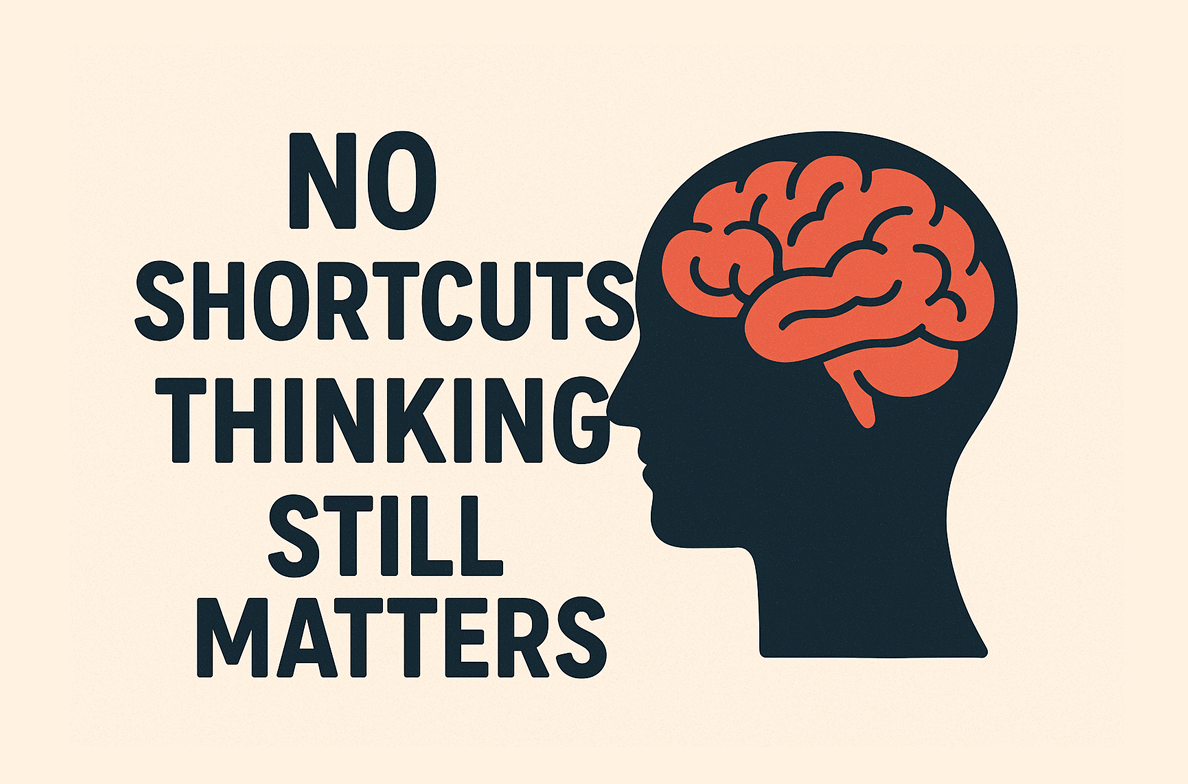
With the phenomenal advancement of technology over the last couple of decades, computers, smart boards, and smart devices are now typical tools in classroom education. As keystrokes fast become the norm for producing written communications, the emphasis on handwritten work is fading. Should we be concerned? As long as our children know how letters are formed, does it really matter if they can’t write neatly? After all, that’s what technology is for – to produce beautiful, type-written work so our educators and others won’t have to suffer through pages of illegible handwritten scrawl.
Indeed, in education we see a shift away from the teaching of handwriting. Handwriting was once a staple of the school curriculum, taught rigorously in the past, but now we see that typing is commonly taught even in the lower grades at school.
Although the research on this topic is still rather scanty and more research is required, what little there is does demonstrate significant value in persevering with the seemingly archaic practice of teaching handwriting – especially for younger children.
THE BENEFITS OF HANDWRITING

Here are some of the benefits of writing by hand:
- Handwriting helps develop reading skills – the kinesthetic approach of writing is a powerful memory aid to facilitate letter recognition. Having to imagine a letter before writing it also reinforces letter recognition.
- Handwriting trains the brain – it improves idea composition and expression and may aid fine motor-skill development. Handwriting differs from typing because it requires executing sequential strokes to form a letter, which activates massive regions involved in thinking, language and working memory – the system for temporarily storing and managing information.
- Why handwriting is important – changes how children learn, affects brain development, develops memory, and even engages different brain circuits compared to typing.
- Cursive benefits go beyond writing – it improves brain development in the areas of thinking, language and working memory. Cursive handwriting stimulates brain synapses and synchronicity between the left and right hemispheres, something absent from printing and typing.
THE MIND-BODY CONNECTION

Research has shown that movement by the body enhances learning. Forming letters with pencils is simply another form of movement – albeit the movement of small muscles that control our fine motor skills. These fine motor movements also serve to form neural connections in the brain so we should not be so quick to ditch our writing instruments.
Anne Mangen of the University of Stavanger in Norway explains that several things are happening when we write by hand:
- When writing by hand, the movements involved leave a motor memory in the sensorimotor part of the brain, which helps us recognize letters. This implies a connection between reading and writing, and suggests that the sensorimotor system plays a role in the process of visual recognition during reading.
- The process of reading and writing involves a number of senses. When writing by hand, our brain receives feedback from our motor actions, together with the sensation of touching a pencil and paper. This kind of feedback is significantly different from that we receive when touching and typing on a keyboard.
- Handwriting unifies the hand, eye and attention at a single point in space and time because we need to be able to see in order to write well (think about how writing in the dark affects our handwriting).
- It takes more time to write by hand than it does to type – this added time can also influence the learning process.
Marieke Longcamp, a cognitive scientist at Aix-Marseille University in France, observed that:
- when children still learning the alphabet are taught to write letters by hand, they more readily recognized the letters than when they were taught the appropriate keystrokes.
- adults who were taught to handwrite unfamiliar Bengali letterforms were better able to remember the letters over time, compared to adults that were taught to type the letterforms. Even though both groups were equally adept at recognition tests immediately after training, after several weeks, the group that accumulated letterform knowledge by handwriting them retained their learning better than those who typed.
Letter recognition is fundamental to reading. It is also crucial to spelling, an ability that predicts many high-level language skills, such as translating ideas into text or expressing concepts clearly.
THE BOTTOM LINE

The short of the long of it is that if you want to get the greatest neural activity, you should print your letters rather than type them. For younger children that have not learned how to form letters on their own, they will still derive some benefit from tracing letters rather than typing them from a keyboard.
In this day and age of technology, handwriting is becoming a lost art. However, before we write it off as being redundant (pun intended), it is important to be aware that handwriting skills offer numerous benefits to the development of our children.
This article originally appeared on www.figur8.net. You can read the original article here.



































